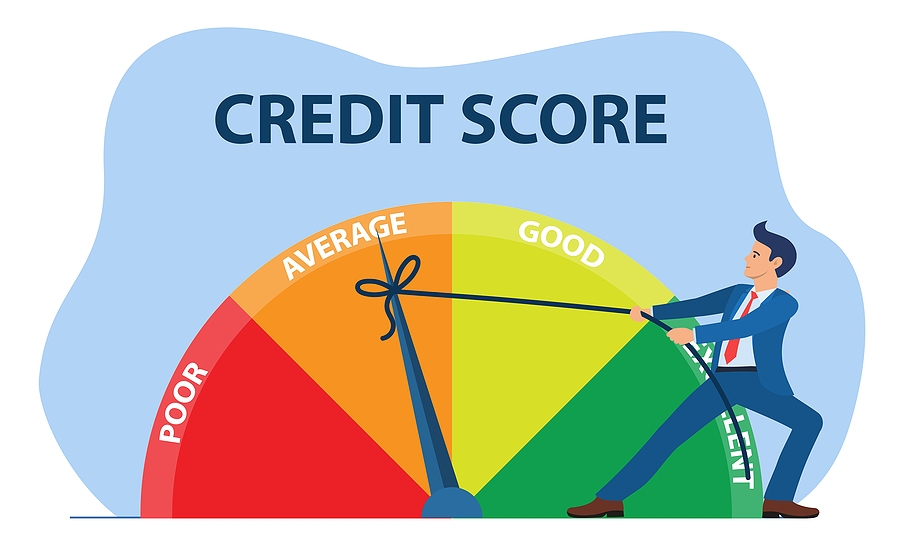
Tips to Create a Monthly Budget.
One of the quickest ways to take back control of your finances and understand where your money is going is to create a monthly budget. This will help you get a snapshot of your income compared to your spending, and provides an avenue to review outgoing costs and determine areas for improvement to help you increase your monthly cashflow or just feel less stressed!
Step 1: Calculate Your Income
The very first step to creating any budget is determining your income – knowing exactly how much money do you bring in, per month, is important to understanding what you have available to spend. Remember to focus on NET INCOME versus gross salary as thinking you take home more than you do can lead to overspending and failed budgets.
Step 2: Track Your Spending
Once you have determined your income, you will want to take a look at your spending. Reviewing and categorizing all your monthly bills can help you breakdown exactly where your money goes and your priorities to see where changes can be made.
To start, first list out your fixed expenses – these are things like car payments, loans, rent or mortgage costs that do not change on a monthly basis.
Next, you will want to take a look at your variable expenses – things like groceries, gas, entertainment, etc. and determine your average spend. This is typically the area where people are able to cut back.
Step 3: Set Realistic Goals
Realistic goals are vital for long-lasting financial health. It is important to determine what you cannot live without and where you can cut costs or scale back on spending.
Ideally, when it comes to your monthly budget, you want to consider the 50/30/20 rule, which applies the following:
- 50% of your spending is for NEEDS such as rent or mortgage payments, car payments, utilities and groceries
- 30% of your income goes to WANTS such as shopping, vacations, streaming services, etc.
- 20% of your income goes to SAVINGS OR DEBT such as emergency funds, retirement, child’s education and/or credit card payments
Step 4: Make a Plan
Once you have your goals set, you can now make a plan to tackle your financial position and ensure a healthy cashflow each month.
There are a few different ways you can plan to handle your monthly budget. For some, setting realistic spending limits for each category works well. For others, taking a look at the importance of the items on their expenses list and re-prioritizing can free up funds.
Step 5: Adjust Your Spending
Now that you have determined how much money you bring in per month and what you spend it on, you can take a look at adjusting your spending to ensure you remain on budget. Taking a look at any wants is a great place to cut out frivolous spending beyond a reasonable amount.
This is also a great time to review your fixed expenses. Perhaps you can save money by getting a better interest rate on your mortgage or changing your payment schedule for your loan.
Step 6: Stay on Track
Lastly, once you’ve tracked all your spending and income and determined your monthly budget, you will want to stay on track. Tracking your budget on a monthly basis is important to catch any changes in your spending habits. As well, it is a good idea to conduct an annual review and take into account any increase in expenses or wages that may require shifts in your overall plan.
Remember! A healthy, well thought-out budget is key to financial freedom and comfort.
Written by the DLC Marketing Team
